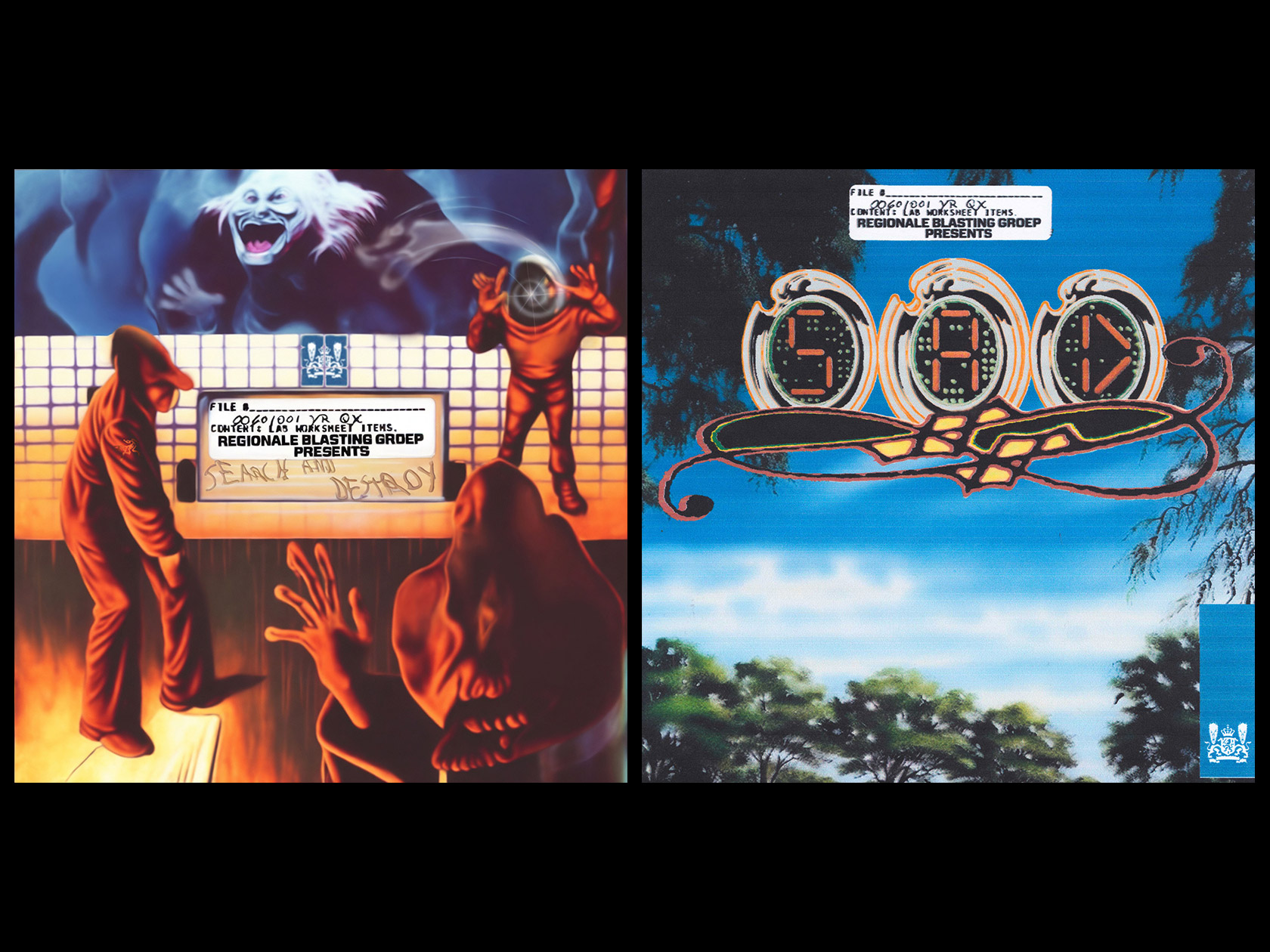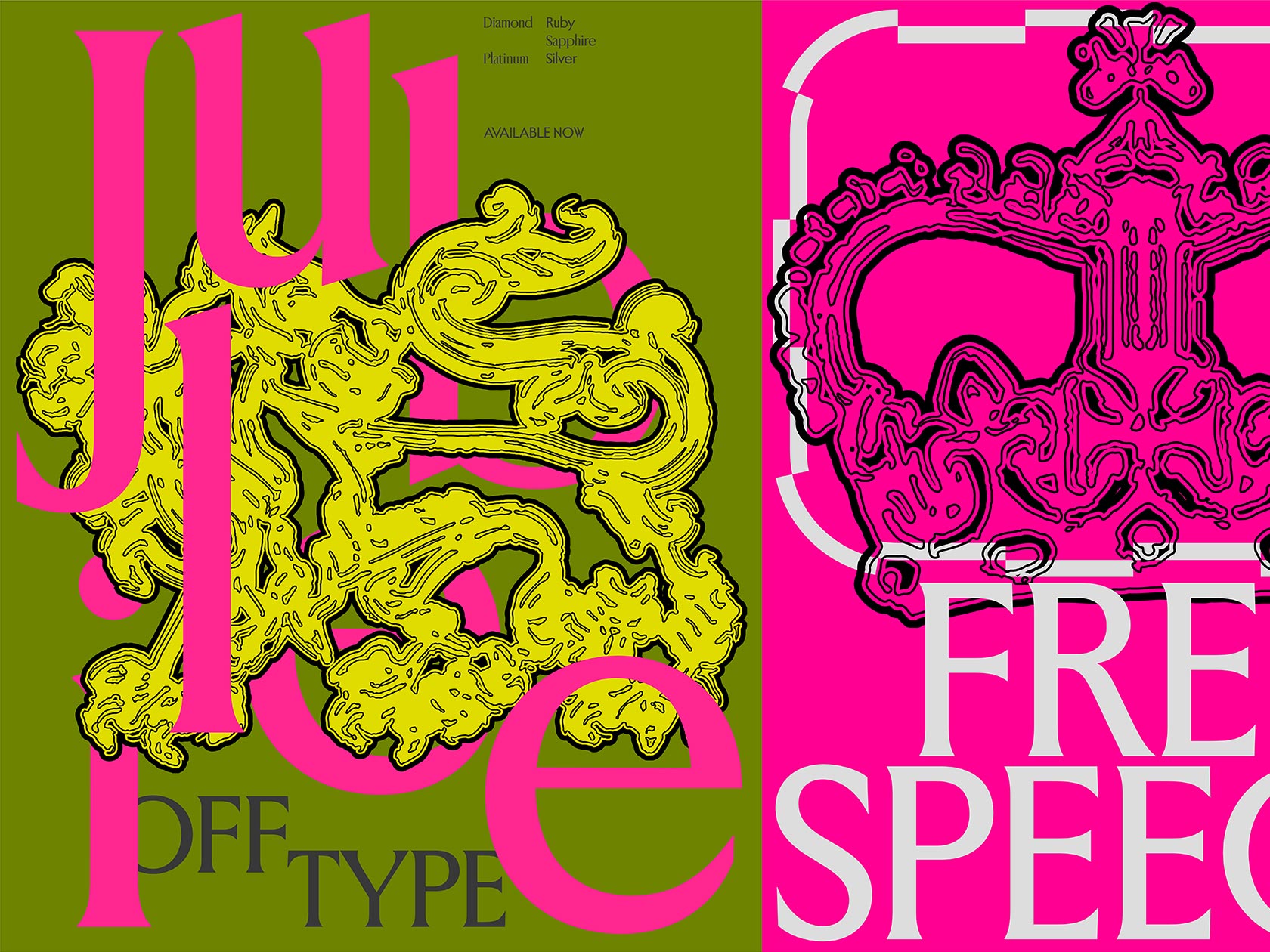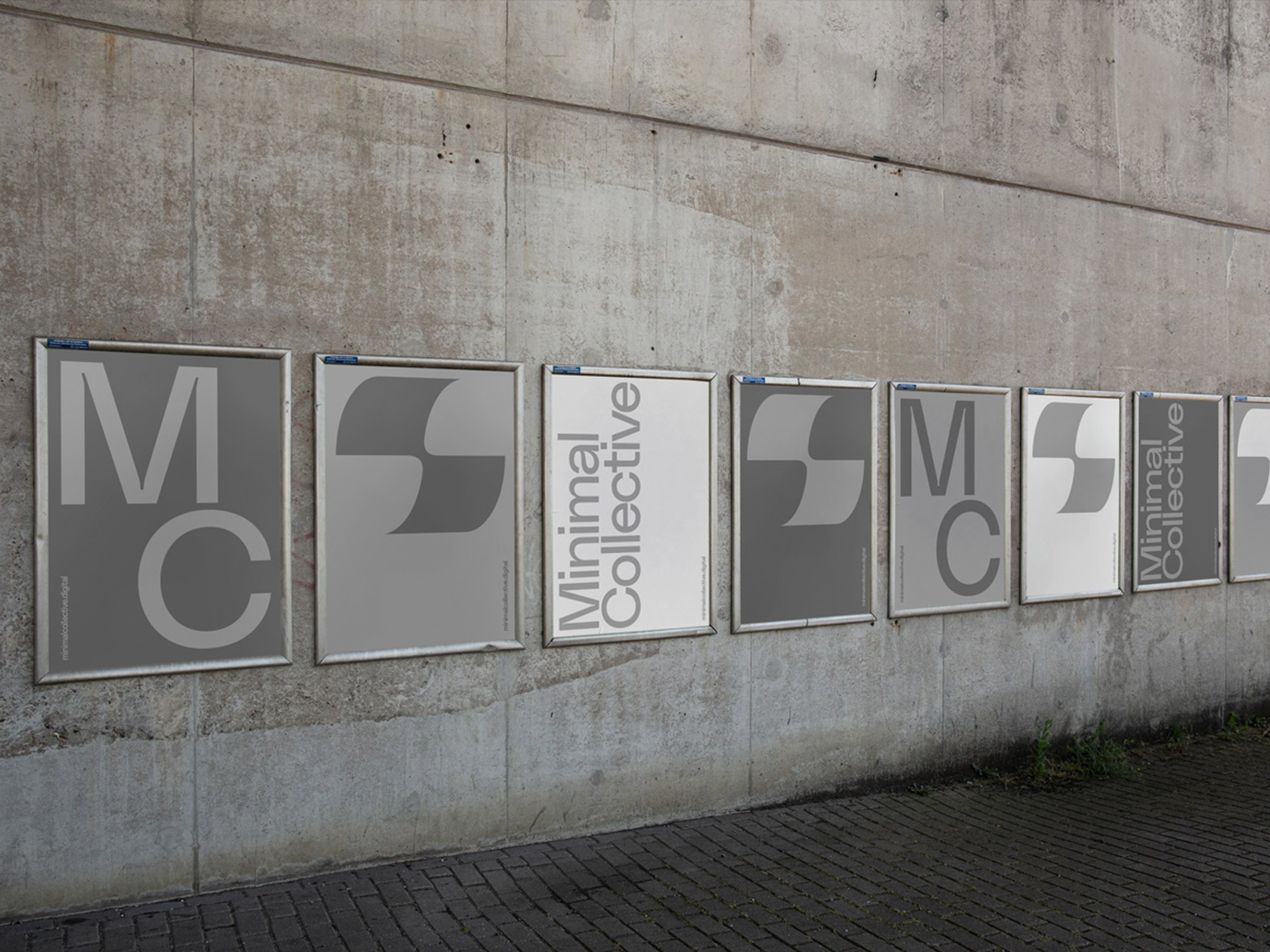Seats is a furniture collection designed by Mira Bergh and Josefin Zachrisson characterized by its repetitive construction, durable material choices and social focus. “Seats are made for public environments, places that experience a lot of movement. We were inspired by the movement and the social value of these places. None of the parts of the Seats System have an obvious front or back and they offer seating on different levels and in various directions”, the two designers tell C24, “We usually seek references from creative fields other than our own and impressions from our everyday life. When we created Seats we looked a lot at shadow and light play, movements and in-between shapes.”


What actually started out as an assignment in their last year at school together turned into a long-term collaboration with a Swedish furniture producer. “They were supposed to give us the brief for the course, but actually gave us very free reins to do whatever we wanted”, Mira and Josefin state, “Actually, the only thing they wanted us to do was anything upholstered… Well. We thought that furniture made for public environments was so boring and normative, so we decided to do something entirely different.” The piece they designed during this course became the Seats Sofa – and evolved into a three-piece series, the Seats System, later on.
The three-part system which consists of a sofa, bench and stool, was produced in Markaryd, Småland, made of mostly recycled Swedish steel. “We would say that the materiality is what makes the furniture. The whole system is made out of Swedish stainless steel. It’s strong and heavy, making it suitable for all kinds of environments, both in- and outdoors. Also allowing it to live a long, happy life”, the duo explains. With an ability to orchestrate interesting shadow plays, its timeless and yet very contemporary design is intended to bring a sense of movement and flow to its surroundings. All three pieces in the system are modular and can be integrated with each other to meet the functional and aesthetic needs of a certain space – a playful aspect which encourages interaction and creativity.
“Both of our design processes are very personal and messy”, Mira and Josefin joke, “Most of the time, we have no idea how the outcome will turn out.” Both coming from a more artistic background, they had to figure out the right balance between usability and its sculptural value. However, describing themselves as the “perfect match” when it comes to collaborations, the duo gladly took the challenge. “It might sound like an exaggeration, but our collaboration is spotless. It’s like we have the same brain but still complement each other”, they tell us.
The duo met when studying together at Beckmans College of Design in Stockholm where they first collaborated on a movie about the objectification of women and the male gaze as part of one of their courses. “That’s when we both realized that we were good together – both as friends and colleges”, Mira and Josefin tell us. While the duo has worked on a bundle of collaborations together, they continued to push their personal style forward, finding their very own visual language.



“My personal practice as an artist and designer is very personal and emotional”, Mira explains, “The projects I take on often end up in an exploration of myself, it becomes an embodiment of my thoughts and opinions. I like playing with the relations between the spectator and the outside world.” For her thesis project “Bodies” in 2019, she has designed a several sculptures questioning our interaction with furniture and therefore its emotionality. “I was always creative but never really knew that you could study design until I started my preparatory art school and just happened to choose Architecture and Design because it sounded cool.”

Coming from a small town from the north coast of Sweden, Söderhamn, Josefin moved to Stockholm four years ago to pursue her true passion. “I’ve expressed myself in different ways as long as I can remember but it took me a while to realize that I could live from it”, she remembers, “My work is conceptual and experimental. I constantly seek and question with the ambition to turn my thoughts, feelings and ideas into something three dimensional.” In one of her projects, “No(n)sense”, she has studied three-dimensional design in a digital and physical context, resulting in a tray and a chair in sand-casted aluminum. The project was rewarded with The Glass Factory Scholarship based on the artistic and innovative quality of the project.


Collaboration being an essential part of their practice, Mira and Josefin have even founded a collective together with Julia Jondell and Matilda Ellow, called Swedish Girls. “Since starting to collaborate more with others we have realized that working alone is exhausting both physically and mentally”, the duo states, “Therefore we continue to work together and also seek support in each other in our individual practices. In our collective, we are four women with the same ambition and goals, supporting and working alongside one another. It’s the best thing.”
Apart from several projects related to the Seats Collection, Mira and Josefin, as well as the other two members of Swedish Girls, make all the preparations to finalize their new website and digital exhibition for the Stockholm Design Week. Coming soon!










